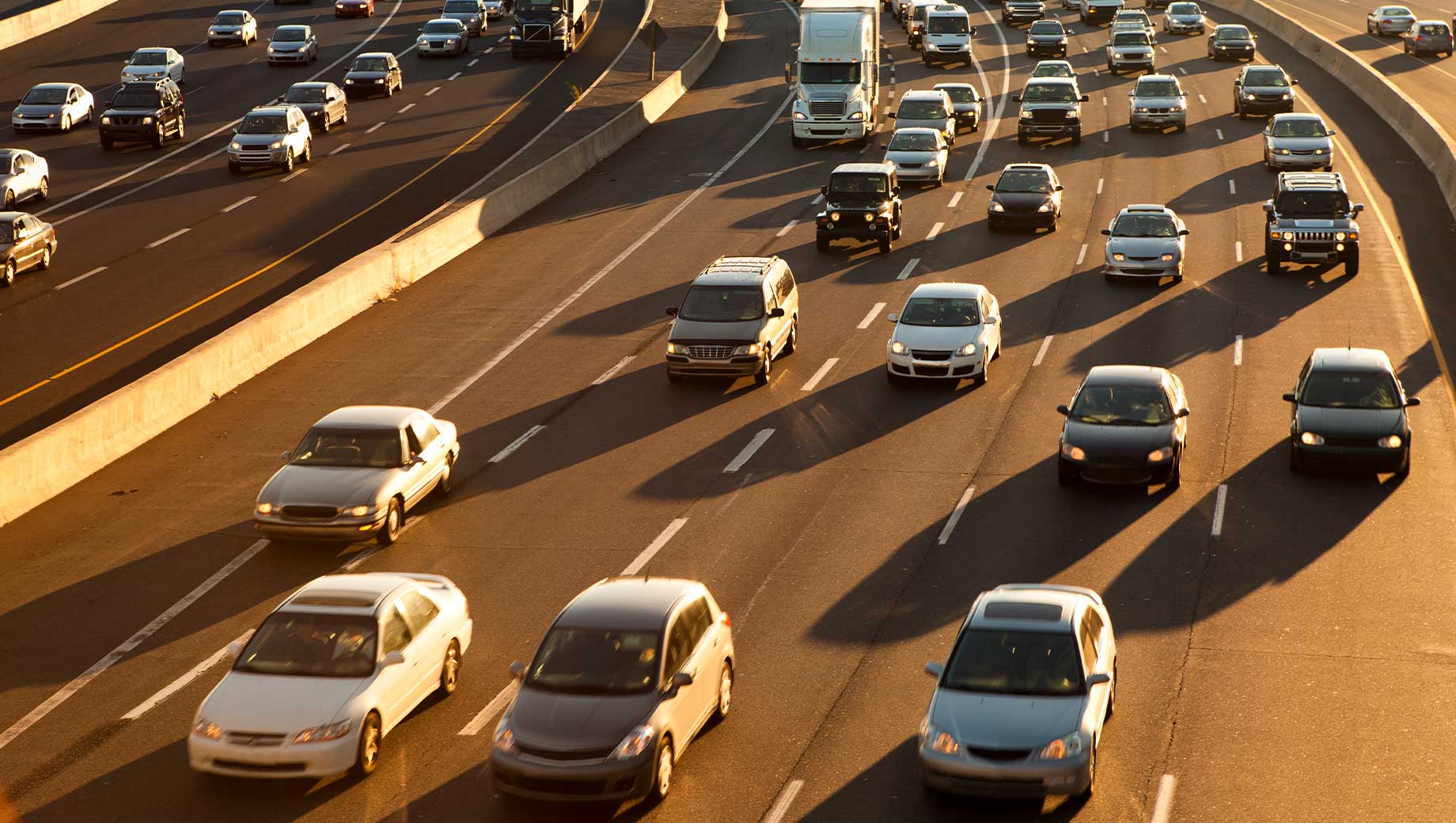Story Highlights
- Commuting to work is a historically recent phenomenon
- Time spent commuting increased by 10% from 2006 to 2019
- Commutes are linked to health issues and higher stress and anger
The following is adapted from Culture Shock, Gallup’s new book about the biggest leadership challenge of our time. For more insights, order your copy of Culture Shock today.
The top reason employees give for not wanting to return full time to the office after the pandemic is that they don’t like the commute. In fact, the shift to hybrid and remote work during the pandemic demonstrated that millions of employees don’t have to commute to do their job.
If many people found that working from home during COVID-19 seemed natural and familiar, there’s a reason for that. Working in the same place we sleep is deeply embedded in our brains; throughout history, working from home has been the norm. For example, hunter-gatherers in primitive societies worked in their home preparing food and making clothes.
Working from home was not just a primitive way of life. It was also common in the Middle Ages, as working-class people in England plied their trades and crafts from home -- their work and life were combined. A more recent variation of this is British couples who own pubs and serve pints of beer during the day or evening and live in a flat upstairs.
Commuting is a relatively new phenomenon. The Industrial Revolution brought with it skilled factory work that required people to travel to a plant or mill and work on-site. Yet even throughout the 19th century and some of the 20th, many people continued to work from home providing services like laundry and food for factory workers.
The modern-day office didn’t emerge until the 20th century, driven by advances in technology like electricity, telephones and public transportation. Eventually, the once-normal practice of working from home -- coined “telecommuting” in the 1970s -- became the exception. In 2019, less than 5% of people in the U.S. worked full time from home.
Commuting to work eventually became part of our work culture. The expectation to show up in person, looking our best, became the standard. Being in the office influenced how others perceived us. We could have a big impact simply through our physical proximity to our colleagues and bosses.
Commuting became embedded in our work culture because of a dismal aspect of human nature: the concept of “learned helplessness,” which results from people accepting a norm because they think they can’t change it.
And like many other animals, humans have a herd instinct. There is safety in numbers. We’re social creatures who generally like to be with other people and often get more done in teams.
Deep in our brains, traveling to be together is natural. We do it for worship, sporting events, concerts, dinner parties and the like. And we’ve done it for work since the Industrial Revolution.
This natural draw to be together -- and the commute it requires -- has produced payoffs. Sharing ideas, building relationships, solving problems and having spontaneous creative conversations can often occur better in person than remotely.
Does commuting every day still make sense?
Gallup has found that among remote-capable jobs, two to three days in person optimizes employee engagement. But in the current workplace, five days in the office relates to the lowest levels of engagement.
It’s not hard to imagine why. Next time you fly over a large city in the morning or evening, notice the endless lines of slow-moving cars as far as you can see. And consider that the people in those cars are likely not living their best lives during those hours on the road -- making commuting seem like one of humankind’s worst ideas.
We created entertainment and fast food to make the commute more tolerable. We invented an industry of morning and late afternoon radio talk shows, audiobooks, and podcasts.
But commuting has become more and more stressful. In 2019, the U.S. Census Bureau reported that the average one-way commute to work was 27.6 minutes; this is an increase of 10% from 2006. That’s 230 hours a year to and from work -- the equivalent of almost 29 eight-hour workdays.
Next time you fly over a large city in the morning or evening, notice the endless lines of slow-moving cars as far as you can see.
Employers typically don’t include the time employees spend in traffic or on trains in a 40-hour workweek. So, increased commute times have crowded out leisure time. And research has found that people’s satisfaction with their leisure time declines significantly as their commute time increases.
Long commutes are also associated with high blood pressure, tension, anger, stiff necks, fatigue, lower back pain and obesity. Gallup has found that commutes of 45 minutes or more are linked to poorer overall wellbeing, daily mood and health. And in 2022, Gallup found that commutes of just 30 minutes are linked to higher stress and anger. After being able to avoid commuting during the pandemic, even half an hour now feels intolerable for many people.
Knocking out the everyday commute produced an awakening in a world of office workers who concluded, “Work doesn’t have to be done this way.”
However, for people in remote-ready jobs, Gallup has found that to maximize employee engagement, a combination of in-person and remote time works best. For those in jobs that require collaboration, two to three days in the office boosts outcomes for engagement and wellbeing.





